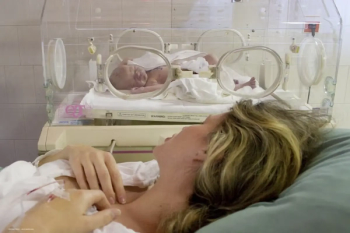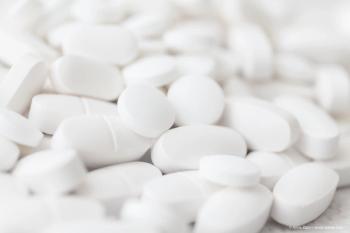
Tacrolimus prolongs graft survival
Tacrolimus is relatively safe and effective in reducing rejection and prolonging graft survival in subjects with high-risk keratoplasty.
Tacrolimus is relatively safe and effective in reducing rejection and prolonging graft survival in subjects with high-risk keratoplasty, according to a study published in the January issue of the British Journal of Ophthalmology.
Harminder Dua and colleagues from the University of Nottingham, UK enrolled 43 subjects undergoing high-risk corneal transplantation to receive systemic tacrolimus. Tacrolimus, a specific T cell inhibitor, was used at a mean daily dose of 2.5 mg for immunosupression and this was continued for between 18 and 24 months after the graft.
During a mean follow-up period of 33.7 months, 65% of subjects maintained clarity of graft, while eight subjects experienced rejection episodes, which led to graft failure in five.
It was concluded that tacrolimus offers a relatively safe and effective method of sustaining graft survival.
Newsletter
Get the essential updates shaping the future of pharma manufacturing and compliance—subscribe today to Pharmaceutical Technology and never miss a breakthrough.













































